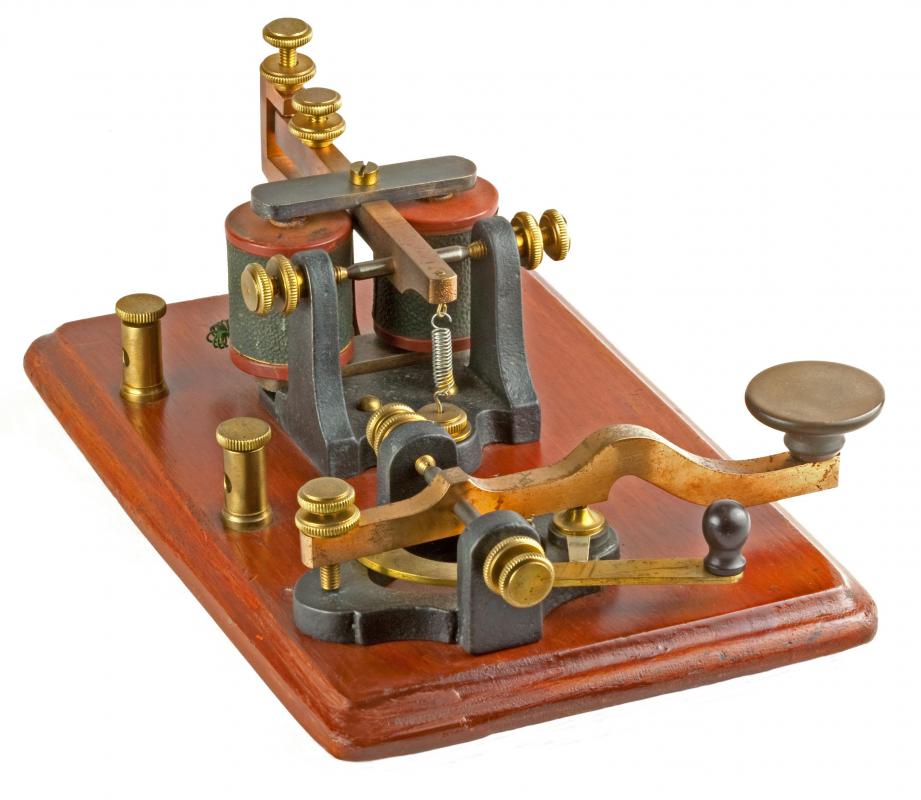At EasyTechJunkie, we're committed to delivering accurate, trustworthy information. Our expert-authored content is rigorously fact-checked and sourced from credible authorities. Discover how we uphold the highest standards in providing you with reliable knowledge.
What is Pulse Dialing?
Pulse dialing is a type of telephone dialing in which short pulses are used to relay what number is being dialed. These pulses are generated by having a steady tone that is interrupted by breaking the connection very briefly. This breaking of the connection sounds to a listener like a series of clicks, which is what one hears when one dials a rotary phone.
Because the clicks used in this type of dialing are ultimately just breaks in the connection, they can be mimicked simply by hanging up the phone repeatedly and quickly. Generally, the system is very simple, with a single click used to denote the number one, two clicks used for the number two, three clicks used for the number three, and so on, with ten clicks used for the number zero. A brief pause must be introduced between each number to make sure they can be accurately designated. In rotary phones, this pause is automatically introduced as a result of the slow return of the rotary system, and in other systems it is generally artificially delayed.

The technique of hanging up the phone rapidly to simulate the clicks of a rotary device was used historically in some regions to circumvent the pay mechanism of pay phones. Rather than inserting money, a person could instead use the hang-up button to simulate the dialing of numbers. On phones that had not been properly protected against this technique, the number would be dialed free of charge.

The origins of pulse dialing go back to the telegraph, where early telegraph operators would use two keys and tap them a certain number of times to designate how many short or long signals would be sent. The pulse-dial system was introduced so that telegraph operators could designate how many clicks they wanted sent, rather than having to click the key that number of times. When the telephone system was introduced, it used the same standard, as it had already been well developed.

Most modern phones in the US no longer use this system, instead relying on what is called dual-tone multi-frequency (DTMF) dialing, also known as touch-tone dialing. Early tone dialing included not only the basic number keys, but also an asterisk, a pound key, and keys for the letters A, B, C, and D. Although modern DTMF phones have dropped the lettered keys, they retain the pound and asterisk, which have become widely used in automated phone systems. Since the 1970s, rotary phones, and the pulse system, have been phased out gradually, though this system is still commonly used in some countries.

While most telephone systems retain support for pulse dialing, most automated systems do not. As a result, people still using this type of phone may be unable to use phone trees or other automated systems that require input from a touch-tone keypad. People using rotary systems are often given the option to remain on the line to be connected to an operator, and in more modern phone tree systems, they may be allowed to use voice commands in place of pressing the keys.
AS FEATURED ON:
AS FEATURED ON:














Discuss this Article
Post your comments